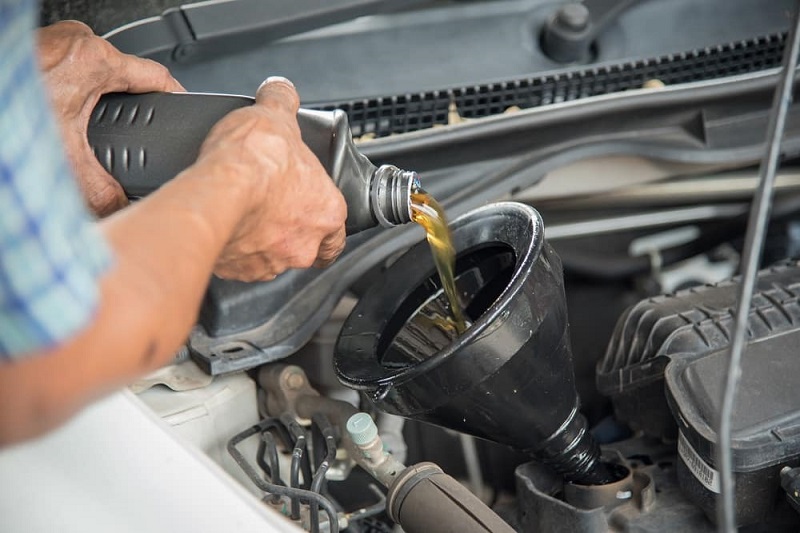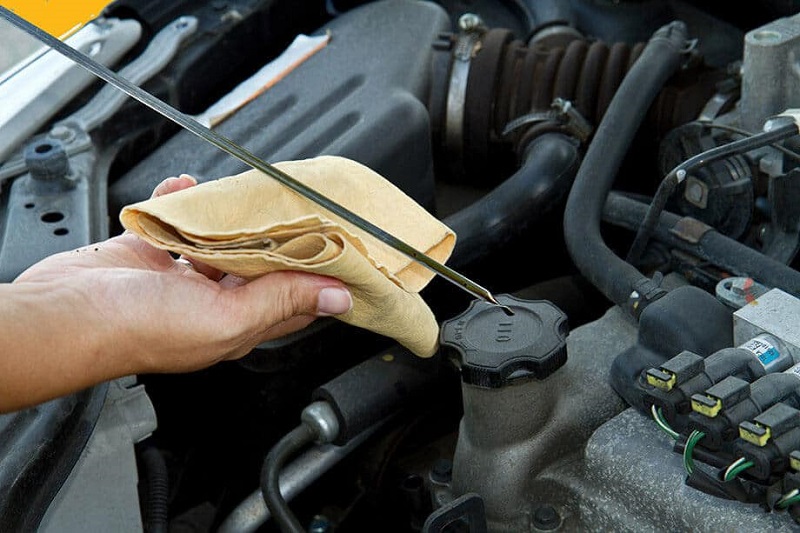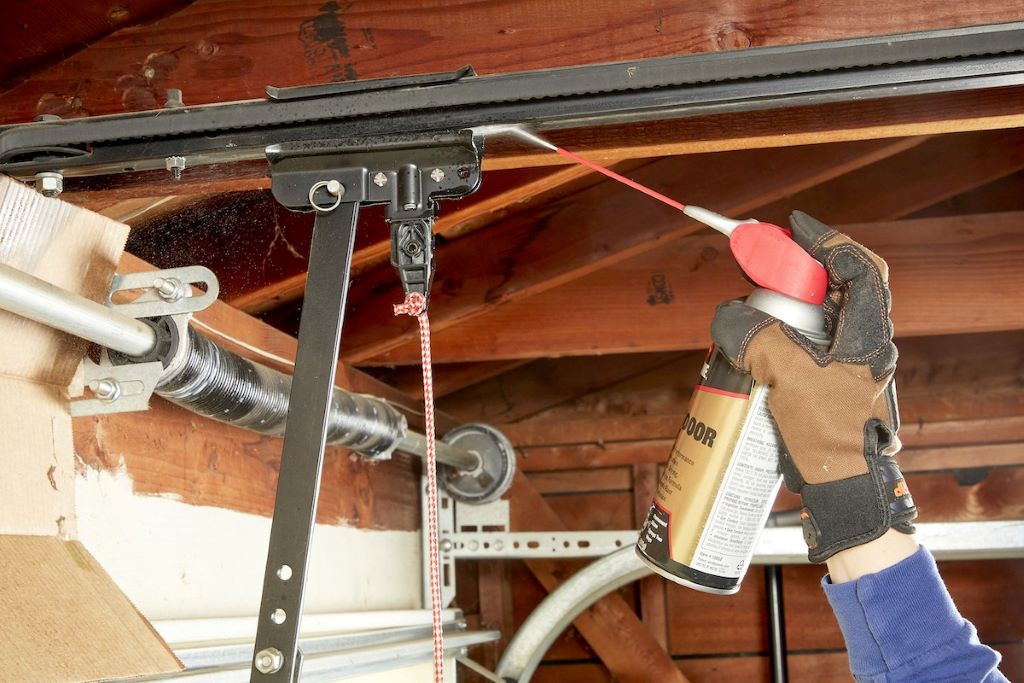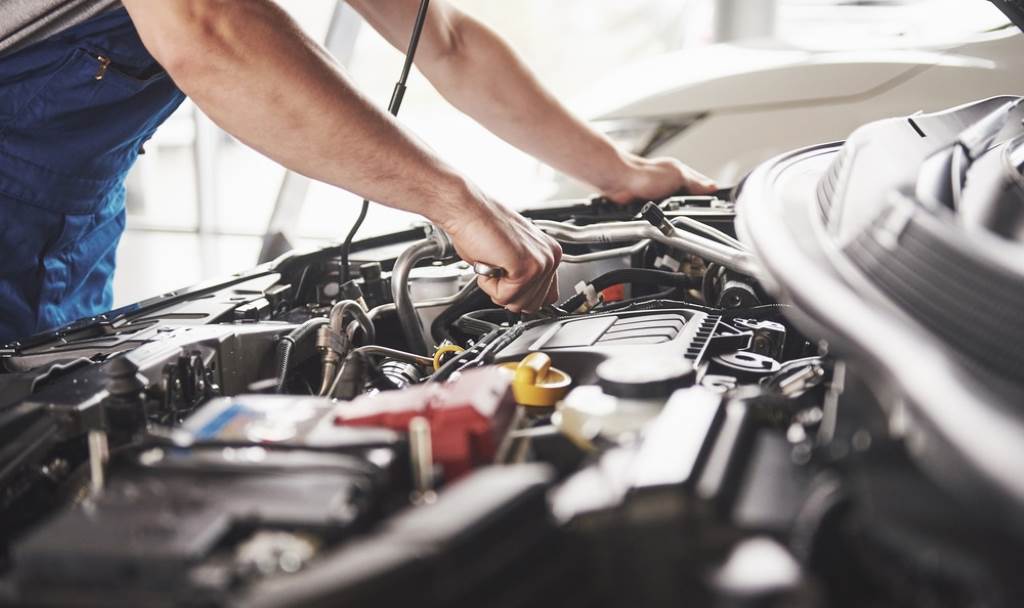What to do after putting too much oil in the engine? Here are the causes, consequences, and remedies to eliminate excess oil and avoid the most frequent mistakes.
When it comes to checking the oil and maintenance it is quite common to put too much oil in the engine. The error that occurs when the oil level is well above the maximum level should not be underestimated at all. Today we see what to do if you put too much oil in the engine and how to remove the excess oil.
When can it happen to us?
Before looking at what to do when there is too much oil in the engine, it is a good idea to identify all the situations where there is a risk of adding more oil than is needed. Situations where too much oil gets into the engine generally have one common denominator: not having checked the oil level properly. There are often situations where there is a risk of adding too much oil:
- When you improvise or need to check the levels on the road;
- After maintenance in the workshop, when you want to check if the mechanic has done things well;
- The oil is changed without knowing how much oil to put in the engine;
Clearly, not everyone behaves in the same way, but it is better to let the workshop take care of certain things. In the following paragraphs, we will understand why it is better to avoid a hasty and impromptu oil check.
You May Like- Tips for Maintaining Your Car
Too Much Oil in Car Engine: What Can Happen?
When you put too much oil in the engine, what happens? Opinions here are quite divergent, especially among mechanical enthusiasts. That is why we want to clarify what happens if the oil level in the engine is above the maximum. Motor oil is an incompressible fluid, so it is inevitable that if there is too much oil in the circuit, the pipes and the pump become more stressed with an increase in pressure. Obviously, the consequences of an excess of oil in the engine depending on how much oil is above the maximum mark. In the most extreme cases, when the rod gets wet even one centimeter above the maximum mark, depending on the engine, it can happen that:
- Excessive pressure creates seal and oil seal leaks;
- The excess oil ends up in the inlet by recirculation;
- Too much oil fouls the spark plugs and pistons, leaving deposits and scale;
- You reach auto-ignition with serious damage to the engine and to your safety;
- The crankshaft «churns» the lubricant, foaming it and recirculating it in the form of foam, causing it not to fulfill its cooling objective, and could damage the engine;
What should I do if I have too much oil in my engine?
It is clear then that the excess oil has to be removed, this is how. The solutions for removing excess oil from the engine are different. In all cases, if you do not have the experience, the equipment, and the ability to remove the oil properly, it is best to contact the workshop. To remove too much oil, you can proceed:
- Vacuum with probe through wand duct;
- Unscrew the oil filter (if it is metallic, accessible, and with a cold engine) enough to collect the excess oil in a container, then check the level and fill it if necessary;
- Drain the oil from the drain plug and then return to the level with uncontaminated oil.
How to avoid putting too much oil in the engine?
Just check the level correctly and refer to your car’s instruction manual. In particular:
- Parking the car on level ground (a sloping road, even imperceptible, distorts control);
- Wait at least 5 minutes for all the oil to have drained by gravity into the sump (that’s why a hasty check of the gas station would be distorted);
- Read in the car manual how much oil is between the minimum and maximum notches. If, for example, the difference is 1 liter, we will know that a level in the middle requires about half a liter to reach the maximum and no more;
- Always add the oil gradually, wait a few minutes and check the level again, never make large additions with your eyes closed.





